Innovations in Mining Dredge Technology: What’s New in the Industry?
Mining dredges are essential machines used to extract valuable materials from underwater deposits. As technology advances, the mining equipment dredge industry constantly evolves, introducing new equipment and techniques that improve efficiency, safety, and environmental sustainability.
In this article, we will explore the latest innovations in mining dredge technology, including advancements in dredge mining equipment, new dredge mining techniques, and the role of hydraulic mining dredge.
What is a Mining Dredge ?
A mining dredge is a specialized vessel designed to excavate materials from the bottom of rivers, lakes, and oceans. These machines use a variety of methods to collect sediments, including suction and mechanical digging. Mining dredges are crucial for industries such as mining, construction, and environmental restoration. They help extract valuable resources like sand, gravel, gold, and other minerals.
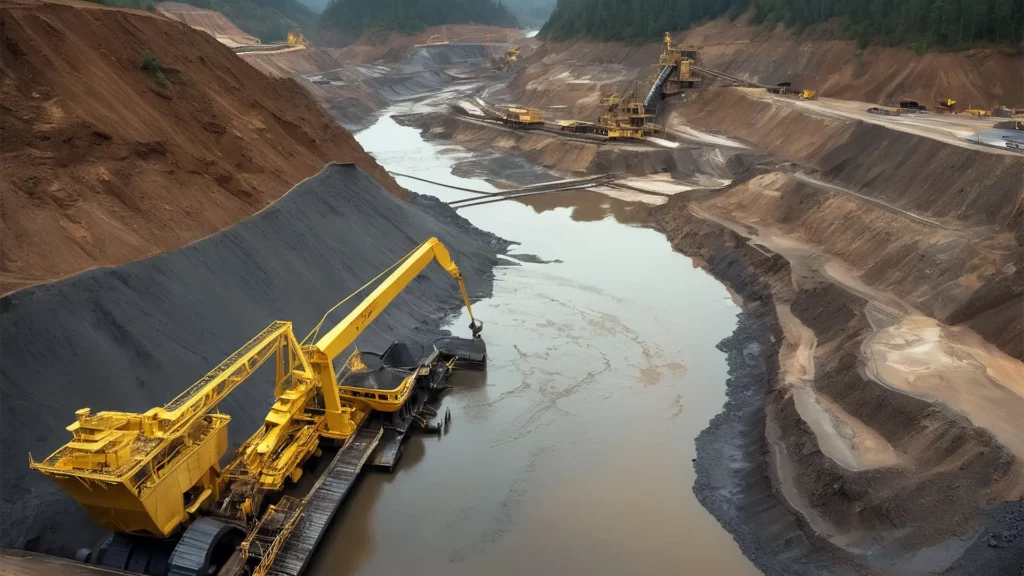
Types of Mining Dredge Equipment
The equipment used in mining dredges has seen significant advancements in recent years. Here are some key types of mining dredge equipment that are currently being utilized:
Hydraulic Dredges
Hydraulic mining dredge use high-pressure water jets to loosen and transport materials. This method is effective for extracting materials from soft sediments. Hydraulic dredges are often equipped with powerful pumps that can move large volumes of slurry quickly and efficiently. These dredges are particularly useful in areas where traditional mechanical methods may struggle.
Cutter Suction Dredges
Cutter suction dredges are equipped with a rotating cutter head that breaks up hard materials before suctioning them into the pump. This type of dredge is ideal for mining operations that require the excavation of tougher substrates, such as clay or rock. The cutter head allows for precise control over the dredging process, making it easier to target specific areas for material extraction.
Trailing Suction Hopper Dredges
Trailing suction hopper dredges are designed to operate in deeper waters. They have suction pipes that trail behind the vessel, allowing them to collect materials as they move. These dredges can hold large amounts of dredged material in their hoppers, which can be discharged at designated locations. This type of dredge is commonly used for large-scale dredging operations, such as maintaining navigation channels and ports.
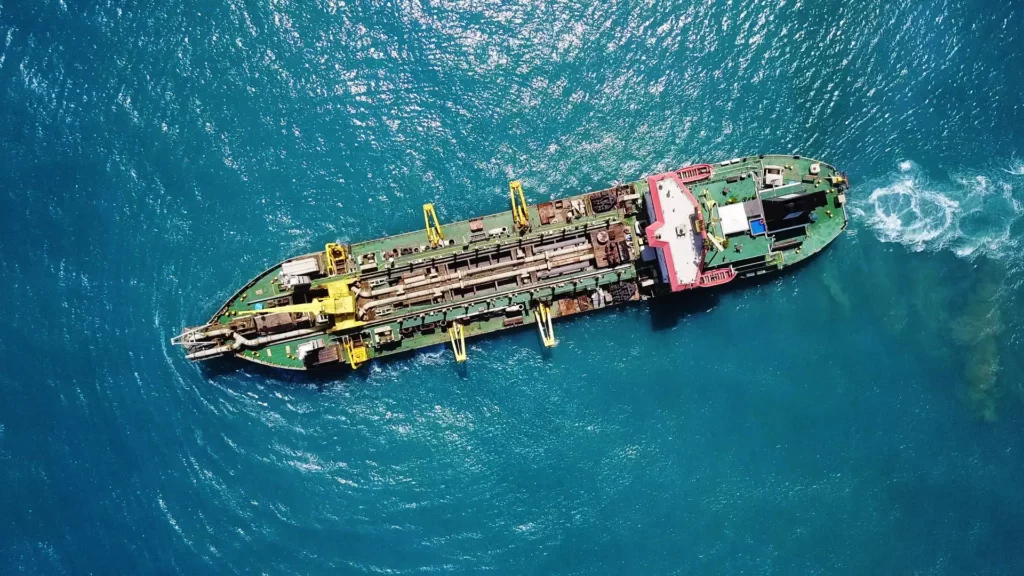
New Dredge Mining Techniques
In addition to advancements in dredge equipment, new dredge mining techniques are emerging that enhance the efficiency and effectiveness of mining operations. Here are some of the latest techniques being used in the industry:
Automated Dredging Systems
Automation is becoming increasingly prevalent in the mining dredge industry. Automated dredging systems use advanced sensors and software to monitor and control the dredging process. These systems can optimize the dredging operation by adjusting the dredge’s position, suction speed, and material flow in real-time. Automation not only improves efficiency but also reduces the risk of human error, leading to safer operations.
Real-Time Data Monitoring
Modern mining dredges are equipped with sophisticated monitoring systems that provide real-time data on various parameters, such as water depth, sediment type, and material flow rates. This information allows operators to make informed decisions and adjust their strategies as needed. Real-time data monitoring enhances situational awareness and helps identify potential issues before they become significant problems.
Environmental Management Techniques
As environmental concerns grow, the mining dredge industry is adopting new techniques to minimize its impact on ecosystems. This includes using sediment management practices to reduce turbidity and protect aquatic habitats. Additionally, dredging operations are increasingly incorporating measures to prevent the release of pollutants and manage waste materials responsibly. These practices help ensure that mining activities are conducted sustainably.
The Role of Hydraulic Mining Dredge
Hydraulic mining dredge play a vital role in the industry, particularly in extracting materials from soft sediments. These dredges use high-pressure water jets to dislodge materials, which are then suctioned into the pump. Hydraulic dredges are versatile and can be used in various applications, including:
- Sand and Gravel Extraction: Hydraulic dredges are commonly used to extract sand and gravel from riverbeds and coastal areas. This material is essential for construction and infrastructure projects.
- Gold Mining: In gold mining operations, hydraulic dredges can efficiently extract gold-bearing materials from riverbeds. The high-pressure water jets help separate gold from other sediments.
- Environmental Restoration: Hydraulic dredges are also used in environmental restoration projects to remove contaminated sediments from water bodies. This helps improve water quality and restore aquatic habitats.
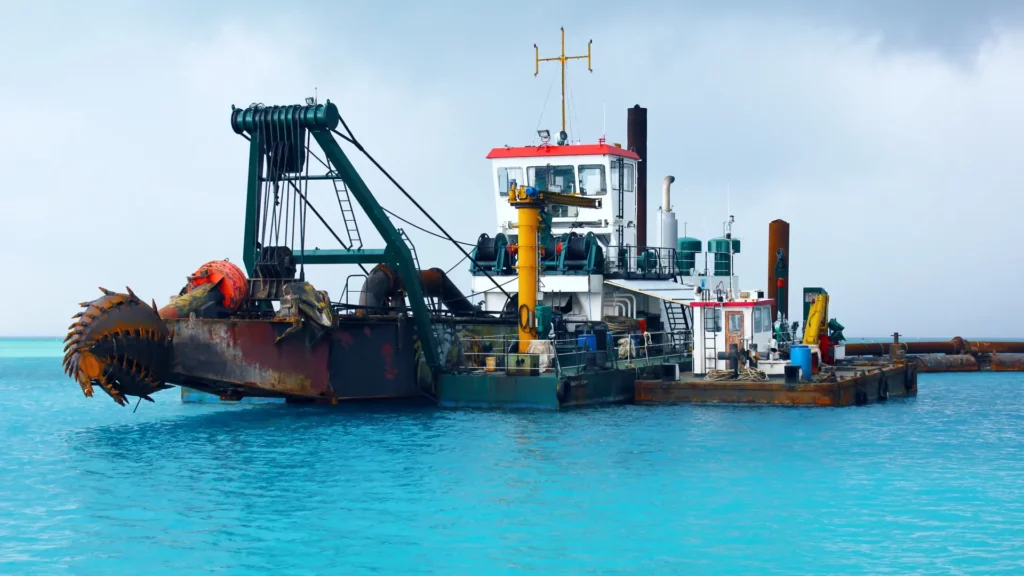
Innovations in Dredge Mining Equipment
The mining dredge equipment industry continuously innovates to improve equipment performance and efficiency. Here are some notable innovations in dredge mining equipment:
Advanced Sonar Technology
Sonar technology is integrated into mining dredges to enhance underwater mapping and monitoring. Advanced sonar systems provide detailed images of the underwater landscape, allowing operators to identify material locations and depths accurately. This information helps optimize dredging operations and reduces the risk of damaging the dredge or missing valuable materials.
GPS and Positioning Systems
Global Positioning System (GPS) technology is increasingly used in mining dredges to improve positioning accuracy. These systems allow operators to track the dredge’s location in real time, ensuring that they are working in the correct areas. Accurate positioning helps maximize efficiency and minimizes the risk of over-dredging or damaging sensitive habitats.
Remote Monitoring and Control
Remote monitoring systems enable operators to control dredging operations from a distance. This technology allows for safer operations, especially in hazardous environments. Operators can monitor the dredge’s performance, adjust settings, and receive alerts about potential issues without being physically present on the vessel.
Challenges in the Mining Dredge Industry
Despite the advancements in mining dredge technology, the industry still faces several challenges. Here are some common challenges that operators encounter:
Environmental Regulations
As environmental concerns increase, mining dredge operations must comply with strict regulations. Operators need to ensure that their activities do not harm aquatic ecosystems or contribute to pollution. Navigating these regulations can be complex and may require additional resources for compliance.
Cost Management
Mining dredging operations can be expensive, particularly regarding equipment maintenance and fuel costs. Operators must find ways to manage these expenses while maintaining efficiency. Investing in innovative technologies can help reduce costs in the long run, but the initial investment may be significant.
Skilled Labor Shortages
The mining dredge industry requires skilled operators who understand the complexities of dredging operations. However, there is a growing need for more qualified personnel in the industry. Companies need to invest in training programs to develop the skills of their workforce and ensure safe and efficient operations.
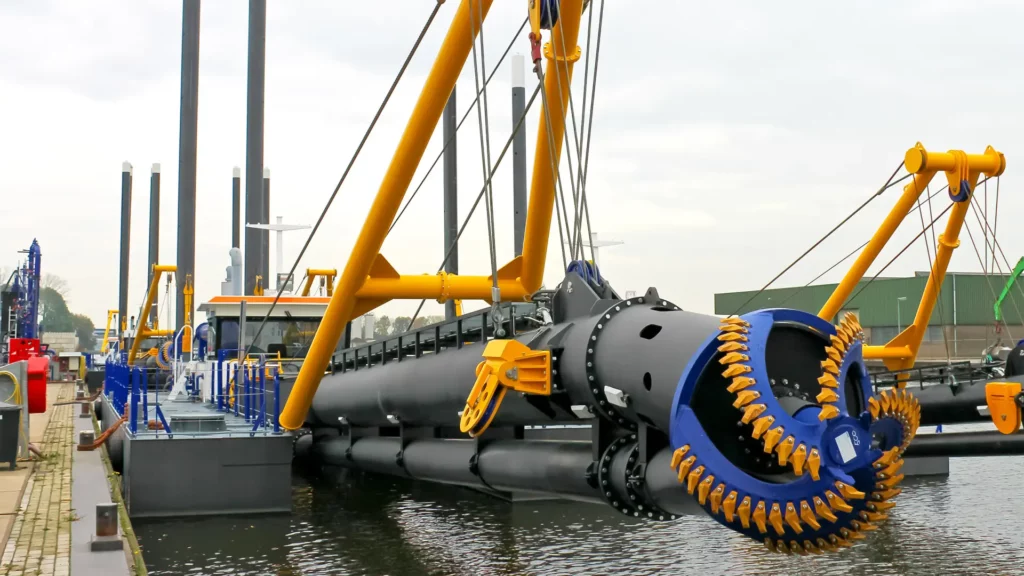
The Future of Mining Dredge Technology
The future of mining dredge technology looks promising, with continued advancements on the horizon. As the demand for minerals and materials grows, the industry will likely see further innovations in equipment and techniques. Here are some potential developments we may witness:
Increased Automation
The trend toward automation is expected to continue, with more dredging operations adopting automated systems. This will enhance efficiency, reduce labor costs, and improve safety in the workplace.
Sustainability Initiatives
As environmental concerns become more prominent, the mining dredge industry will likely focus on sustainable practices. This may include the development of eco-friendly dredging techniques and equipment designed to minimize environmental impact.
Advanced Materials and Designs
Future mining dredges may incorporate advanced materials and designs that improve durability and efficiency. Lightweight, corrosion-resistant materials could enhance performance and reduce maintenance needs.
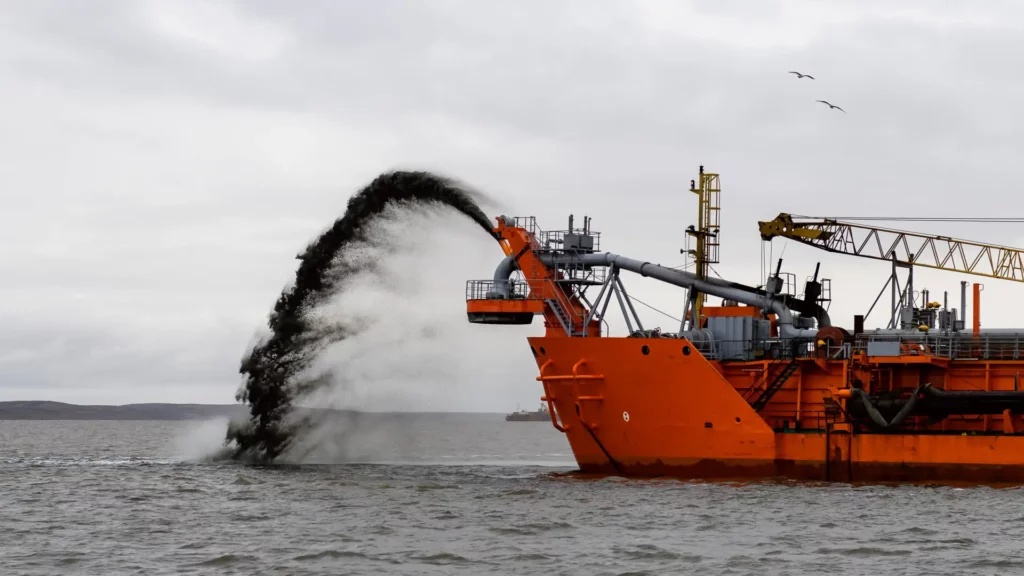
Conclusion
Innovations in mining dredge equipment & technology are transforming the industry, making operations more efficient, safe, and environmentally friendly. From advanced dredge mining equipment to new dredge mining techniques, the industry is continually evolving to meet the demands of dredge mining techniques. Hydraulic mining dredge play a crucial role in this transformation, providing effective solutions for extracting valuable materials from underwater deposits.
As we look to the future, we can expect even more exciting changes in mining dredge technology. By embracing these innovations, the Hydraulic mining dredge industry can enhance productivity while minimizing its impact on the environment. The continued development of mining dredges will be essential in meeting the growing demand for resources and ensuring sustainable practices in the mining sector.


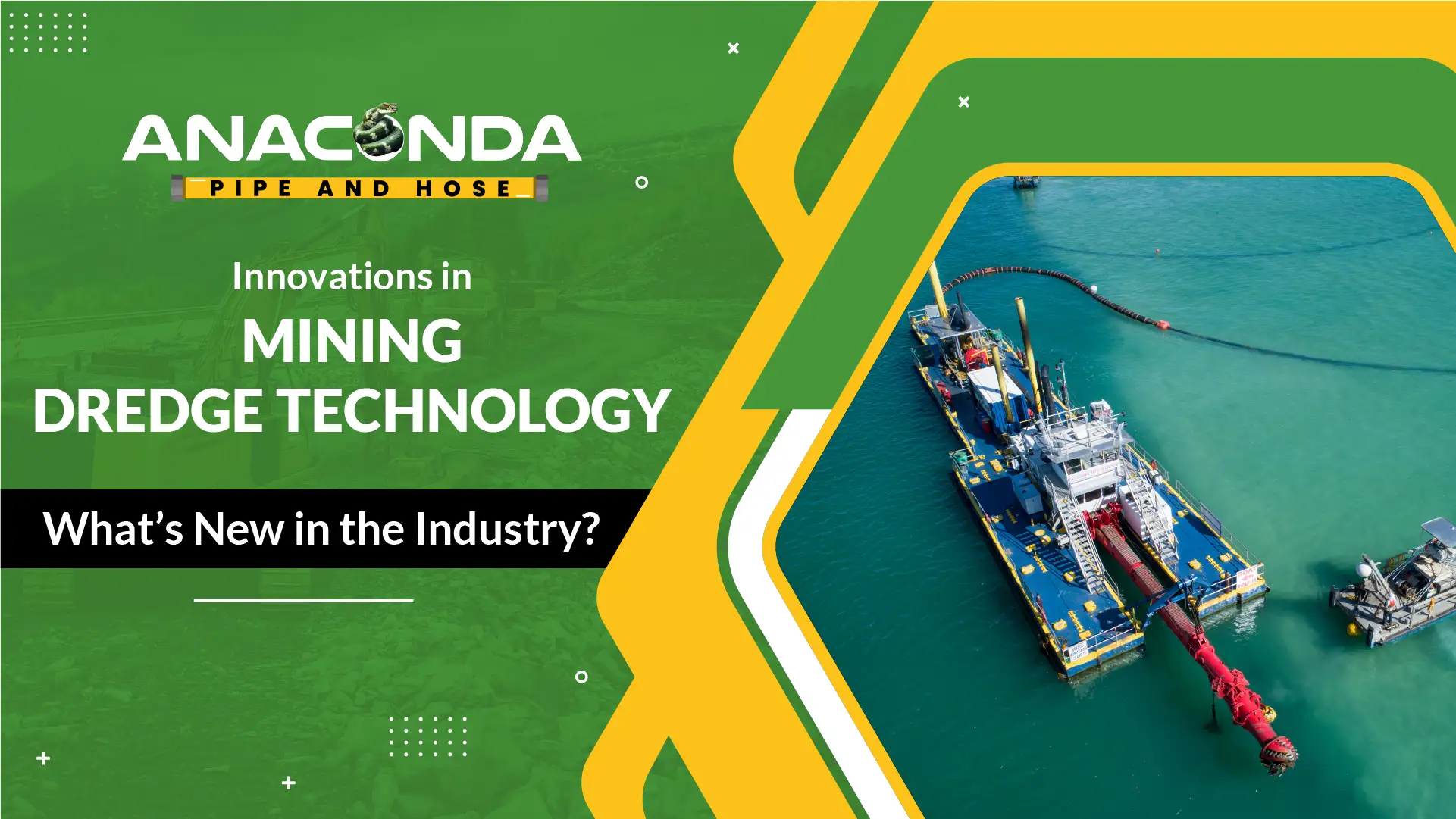
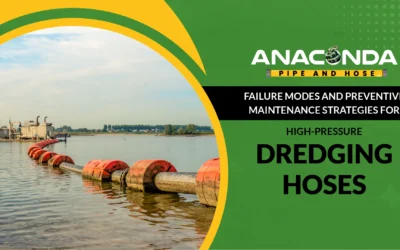
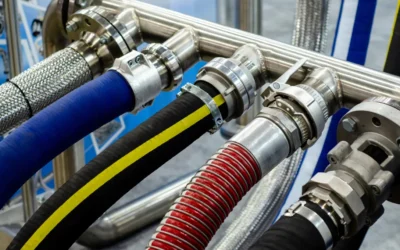
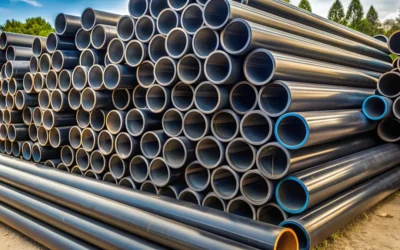
0 Comments